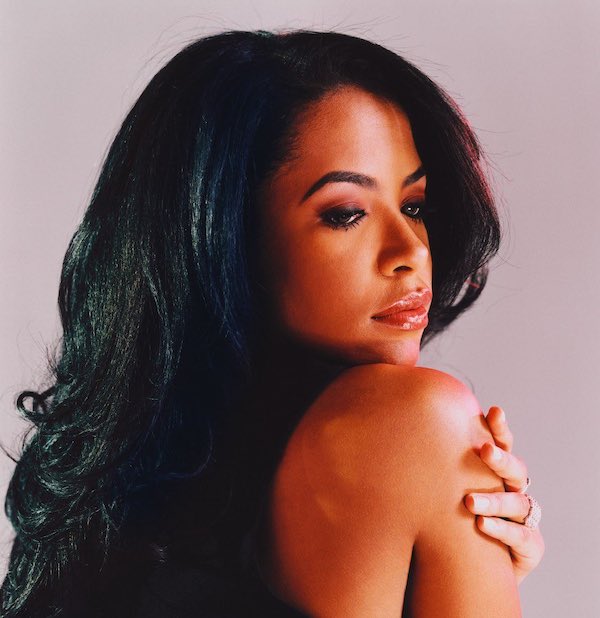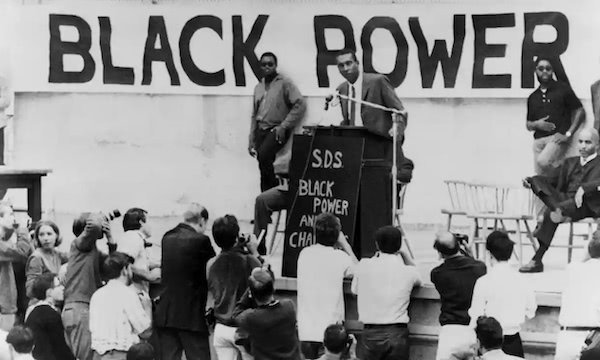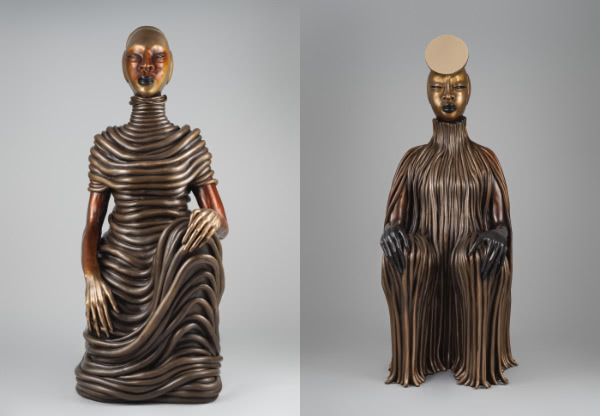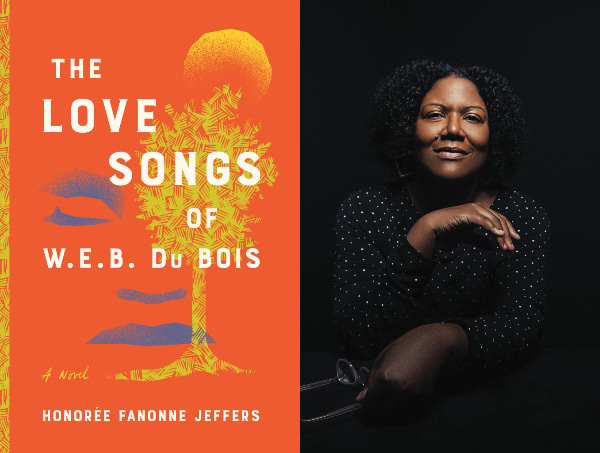What Made Aaliyah So Special Is More Complicated Than It Seems
There’s been a lot of news about Aaliyah over the past few weeks on the run-up to the 20th anniversary of her death this week. Here, NPR’s Aisha Harris shares what made her unique — and why it was so problematic:
While Age Ain’t Nothing But A Number is forever tainted in the minds of fans, it’s impossible to ignore how crucial it was in establishing Aaliyah’s continuous appeal even as she distanced herself from [R.] Kelly.
It’s been said many times before, but really it can’t be overstated: “One In A Million” sounds as if it was predicting the future; indeed, it sounds like now. […] Her various looks in the video were sleek, sexy, and mysterious, as she donned low-rise pants, crop tops and bras, and, in one scene, a silver eye-patch that seemed to come straight from a sci-fi dystopia playbook.
That’s what made her special – she stood out from the balladeers of the era (the Mariahs, Whitneys, En Vogues) and the teen pop stars (Brandy, Britney, Christina), in part because she seemed in command without needing to do too much. Her theatrics were subdued and contained, more slinky and less in-your-face. In hindsight, though, I’ve begun to wonder what it meant that she was introduced to the world as being fully formed, despite being a young teenager, an age where everyone is still trying to figure themselves out (and usually awkwardly so).
The Anti-Gay Agenda
Charles Blow for The New York Times:
I have always contended that all of the -isms and -phobias are cousins, that in a society that creates a hierarchy of humanity with white, straight, cisgender men at the apex, every person who is not white or straight or cisgender or male gets assigned a lower order of being.
In that sense, racism and sexism, homophobia and transphobia all branch from the same tree.
And one bias can influence and amplify another.
It’s time to free Black revolutionaries from US prisons
Akin Olla, writing for The Guardian:
While the rise of the Black Lives Matter movement has increased the profile of holidays like Juneteenth and Black History Month, there is one important Black celebration that remains at the margins of American popular consciousness. Black August is a month-long commemoration dedicated to freedom fighters lost in the struggle for Black liberation, particularly those who were killed by US authorities or who perished behind bars.
Celebrants of Black August view crimes committed by some of these revolutionaries as acts of war against a system already at war with them. With the release of movies like Shaka King’s biopic of the assassinated Black Panther Party leader Fred Hampton and data showing that a large number of Americans now see individual acts of police violence as part of a larger racist system, the politics and culture behind Black August are becoming increasingly mainstream. If new generations of Americans can understand the war that was waged against Black radicals, and against Black Americans as a whole, they should honor Black August by demanding the release of the radicals still incarcerated in a racist system.
How Martha’s Vineyard became a Black summertime sanctuary
Lavanya Ramanathan, reporting for Vox:
The island’s regulars over the years have included Henry Louis Gates Jr. and the late Vernon Jordan; Maya Angelou once described the town of Oak Bluffs, which includes Inkwell Beach, as “a safe place where we can go as we are and not be questioned.”
“I don’t have to catch my breath here,” says Skip Finley, an author and former broadcaster whose family has vacationed on the island for five generations. “It’s the freest place I’ve ever been.”
A Visit to Wangechi Mutu’s Nairobi Studio Explores Her Profound Ties to Nature and the Feminine
Grace Ebert, writing for Colossal:
Kenyan-American artist Wangechi Mutu made history in 2019 when her four bronze sculptures became the first ever to occupy the niches of the Metropolitan Museum of Art’s facade. Stretching nearly seven feet, the seated quartet evokes images of heavily adorned African queens and intervenes in the otherwise homogenous canons of art history held within the institution’s walls.
Those sculptures from 2019 are amazing, regal.
Some of Mutu’s other work is on display at Legion of Honor in San Francisco through November 7th.
A Triumphant Debut Novel on Black History and Coming of Age in the South
Veronica Chambers reviews Honorée Fanonne Jeffers’s The Love Songs of W.E.B. Du Bois for the Times:
“The Love Songs of W.E.B. Du Bois” is quite simply the best book that I have read in a very, very long time. I will avoid the cliché of calling it “a great American novel.” Maybe the truest thing I could say is that this is an epic tale of adventure that brings to mind characters you never forget: Meg Murry in “A Wrinkle in Time,” Scout in “To Kill a Mockingbird,” Huckleberry Finn. Ailey’s quest is this: How does a young Black woman craft a life that is joyful and whole against the backdrop of the American South, where the land is a minefield of treasures and tragedy?
Migos Tiny Desk (Home) Concert
X-wing pilot. Birthday cake. Palm tree lamp. Mushroom stool. Blue hippo. Luggage cart. (Watched this five times already.)
Thanks for reading. See you next week.





